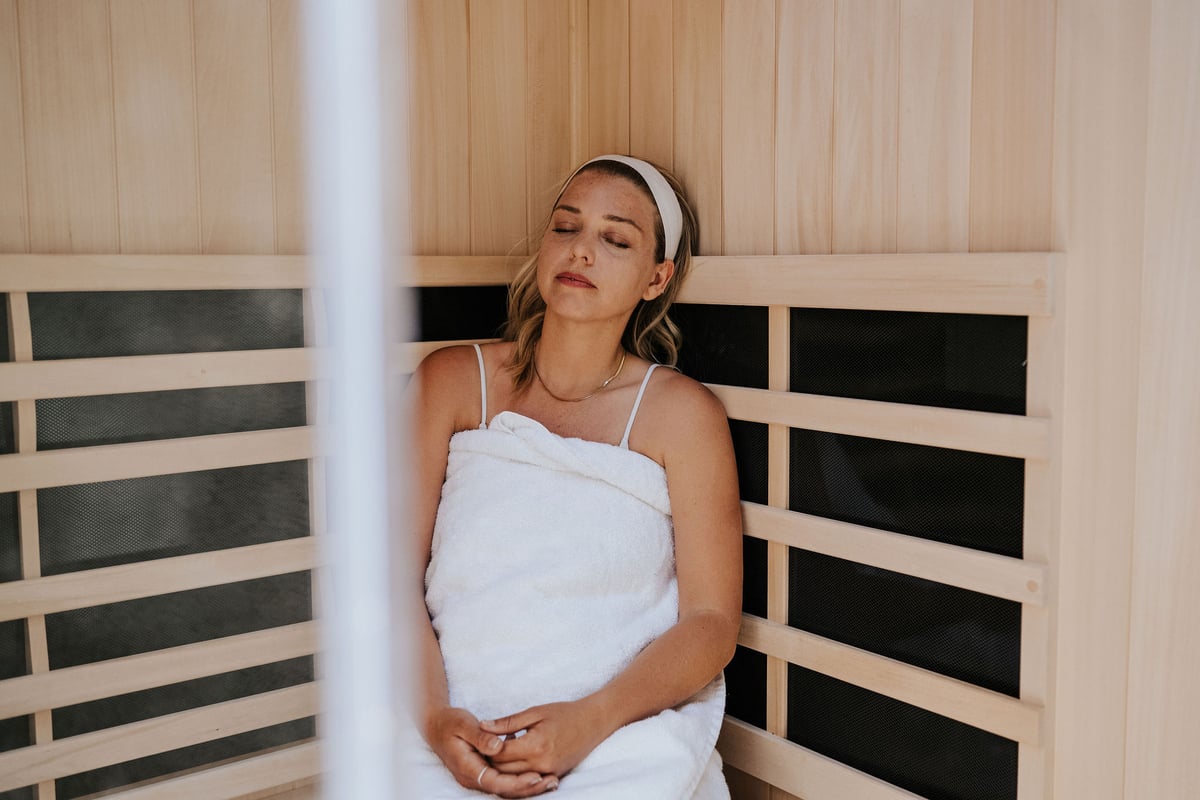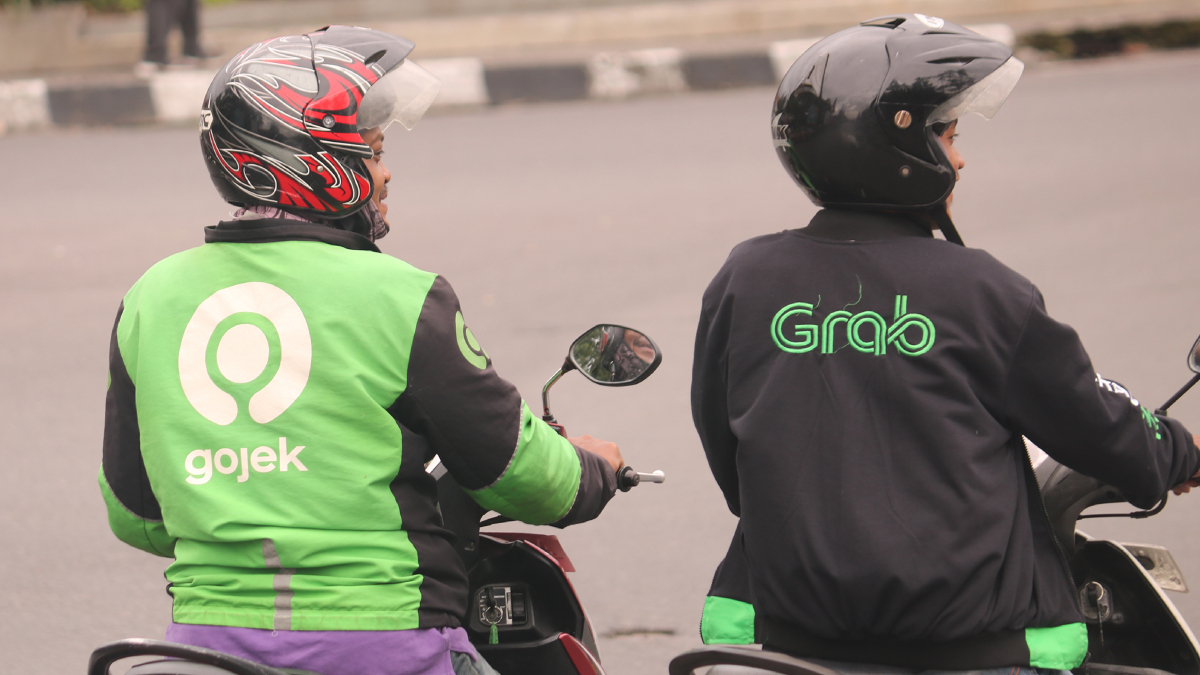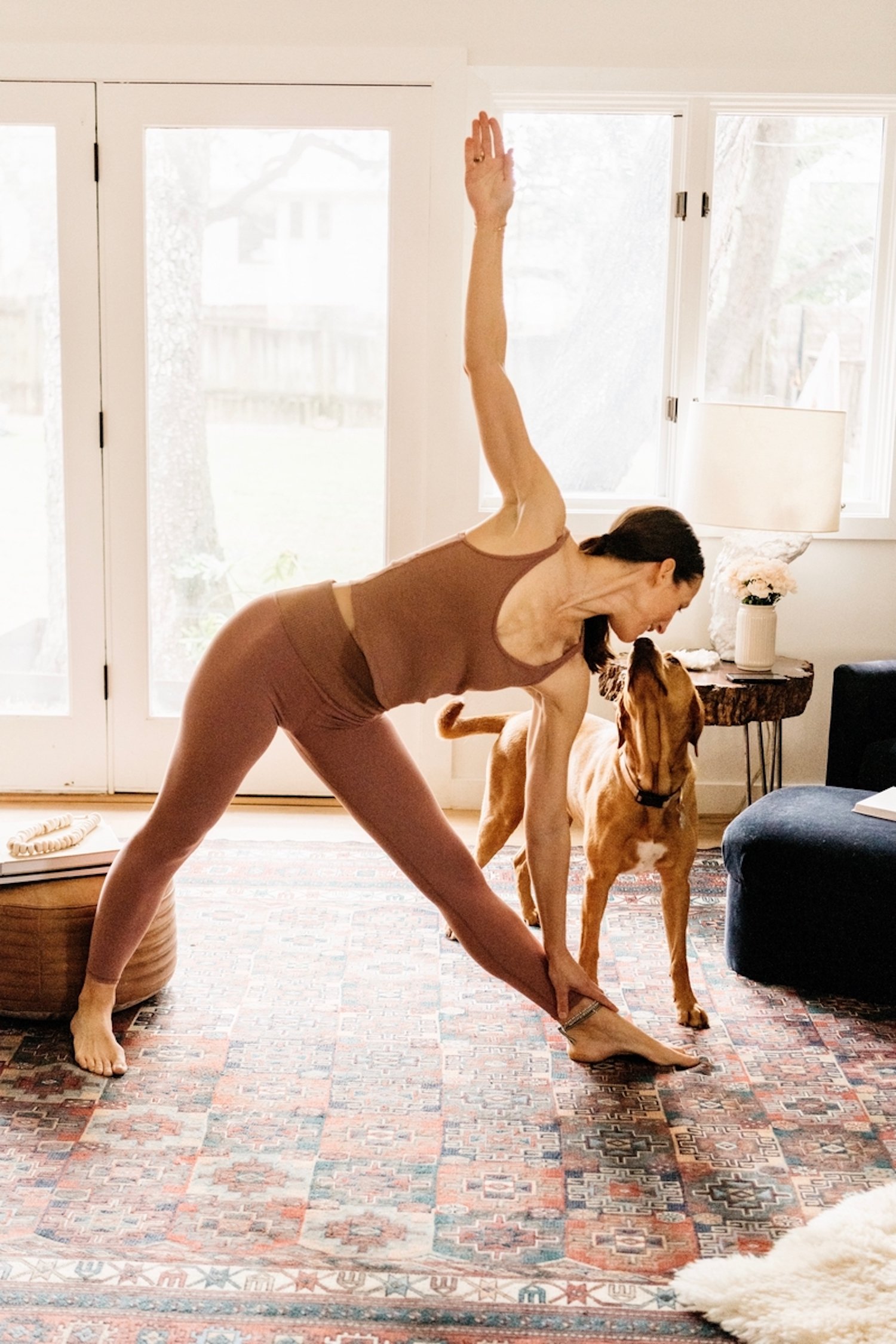My Five Favorite Cleaning Methods to Try When You’d Rather Not Clean at All
For when it feels too overwhelming to even get started.

For when it feels too overwhelming to even get started.
We may earn a commission from links on this page.

Credit: Chachamp / Shutterstock.com
Cleaning can be overwhelming to everyone at some point—and creating a habit or schedule you'll actually stick to can be a big part of the problem. As is this case with other tasks like decluttering and organizing, though, one way to break through the procrastination is by finding the method that works best for you. Here are five of my favorites for you to try.
The FlyLady technique, for stress-free cleaning
The FlyLady cleaning method, popularized by organizational guru Marla Cilley, is all about getting into a soothing, easy cleaning routine that won't stress you out. To tap into the usefulness of this method, break your home into "zones," then dedicate 15 minutes per day to the zone you're currently working on. Yes, this takes time and won't work immediately, but as Cilley puts it, "It didn't get dirty in a day, and it's not going to get clean overnight." Here's how the zones are broken up:
Zone 1 is your entryway, front porch, and dining room. You complete this zone in the first week of the month.
Zone 2 is the kitchen, which is done during the first full week of the month, meaning the first week in which there are seven full days.
Zone 3 is the main bathroom plus another room in your house, such as an office or pantry. This happens during the second full week of the month.
Zone 4 is the primary bedroom and its closets and bathroom during the third full week.
Zone 5 is the living room, but because it is not a full week, it may overlap with Zone 1. It's likely that your living room is near your entryway, which helps make this seamless as you start incorporating Zone 1 back into your schedule at the end of the five weeks.
Obviously, if your home is laid out differently or you have your own unique concerns, play with the zones to fit your needs but try to dedicate a week to each one and follow the same schedule every month.
The one-hour method, for when you have a big mess
Largely, I am a proponent of cleaning in small chunks of time over the course of days or weeks. In most cases, 15 minutes per day is all you need to make an impact on your home's cleanliness over time. In fact, once you get into the habit of doing it like that, the house stays cleaner and requires less work, creating a self-reinforcing cycle of smaller cleaning bursts. Before you get to that point, though, you might have a major mess or two at hand and when that happens, you might need longer, which is why CleanTok influencer @MommyHasntShowered suggests the "one-hour" rule. It's what it sounds like: You clean for an uninterrupted hour, focusing only on tidying up, and then stop when the hour is done, rewarding yourself with something you enjoy, like ice cream or a favorite show.
Using this one is subjective and probably depends on how urgent the situation is. If you have someone coming over or the mess is so large that it's taking a toll on your mental health, you may need to pull out this longer work session. If the mess is big but you'd rather tackle it bit by bit, this one's not for you! Bear in mind, though, that while going at a slower pace over days or weeks can be good for not feeling overwhelmed, getting a lot done in one go can be good for motivation. There are mental and emotional benefits to every approach. The trick is figuring out which one you want to tap into.
The 20/10 approach, for when you're not motivated
The 20/10 approach combines elements of my beloved daily short-burst schedule and the one-hour method. It comes from Rachel Hoffman’s 2017 book, Unf*ck Your Habitat: You’re Better Than Your Mess and simply asks you to clean for 20 minutes, then take a 10-minute break. It's reminiscent of the Pomodoro productivity technique, which encourages you to work for 25 minutes, then break for five, then get back at it—but here, you have less work time and more chill time. Once your 10 minutes are up, get back into the game, cleaning even more for another 20. Only do this two to four times, though, because again, we don't want to get overwhelmed. What I find most useful is taking the 10-minute break in the spot I just cleaned, so I can really revel in my outcome. If I cleaned my living room, I'm going take that break on the couch, enjoying my tidy surroundings. If I cleaned the kitchen, I'm gonna eat a snack over the counter, where everything is clean and clutter-free. Remember that you're not just cleaning to clean, but rather for some kind of benefit, which is more often than not just the freedom to enjoy a tidier, brighter space.
If you really don't know where to begin as you look to clean up for the day, try the one-tool method. This approach relies on some of the classic cleaning advice I love (like not trying to do everything at once) but turns it slightly on its head: Where you'd usually tackle one zone at a time, moving from area to area over the course of a few days, try tackling one task at at time. When using the "one tool" framework, you will be breaking one of my cardinal rules, which is not jumping from room to room during one day's scheduled cleaning time, but you'll be unlocking a completely new kind of efficiency by not having to get the same tools out day after day. Do this every few weeks to shake things up and you're less likely to get bored.
So, on your first day, maybe you dust. On your second, maybe you vacuum. On your third, maybe you mop. You get the idea. Pick one tool or task and hit each room in your home.
Junebugging, for when you can't focus
Sometimes, you know what needs to be cleaned, but you just can't focus on it. Tap into that and go with a method that enables you to mindlessly attack the problem without thinking too hard. The right approach here is the junebug method. There's a chance you've seen this demonstrated or at least mentioned on CleanTok, but the earliest reference to the idea actually came around on Tumblr, where a user explained that to clean up despite their ADHD, they imagined they were like a junebug: "Have you ever seen a junebug get to grips with a window screen? It’s remarkably persistent, but not very focused. All that matters is location."
Here, you'll embody that, identifying the area you want to clean, then focusing in on one specific spot. So, if the kitchen needs tidying, focus on the sink. You might wash the dishes in it, put them away, then get distracted as you notice a cupboard needs to be wiped down. After you wipe down the cupboard, remind yourself that you're supposed to be at the sink; go back to it to scour it or give the faucet a wipe down. While you're doing that, you might notice you could also wipe down the handles and pulls on the drawers, fridge, and oven. Go do that, but always return to the starting point. This practice kind of lulls you into an easy routine. As long as you keep going back to the first spot and branching out, you'll move in simple circles and let what would normally distract you actually be your guide.

Lindsey Ellefson
Features Editor
Lindsey Ellefson is Lifehacker’s Features Editor. She currently covers study and productivity hacks, as well as household and digital decluttering, and oversees the freelancers on the sex and relationships beat. She spent most of her pre-Lifehacker career covering media and politics for outlets like Us Weekly, CNN, The Daily Dot, Mashable, Glamour, and InStyle. In recent years, her freelancing has focused on drug use and the overdose crisis, with pieces appearing in Vanity Fair, WIRED, The New Republic, The Daily Beast, and more. Her story for BuzzFeed News won the 2022 American Journalism Online award for Best Debunking of Fake News.
In addition to her journalism, Lindsey is a student at the NYU School of Global Public Health, where she is working toward her Master of Public Health and conducting research on media bias in reporting on substance use with the Opioid Policy Institute’s Reporting on Addiction initiative. She is also a Schwinn-certified spin class teacher. She won a 2023 Dunkin’ Donuts contest that earned her a year of free coffee. Lindsey lives in New York, NY.

 Konoly
Konoly 

































